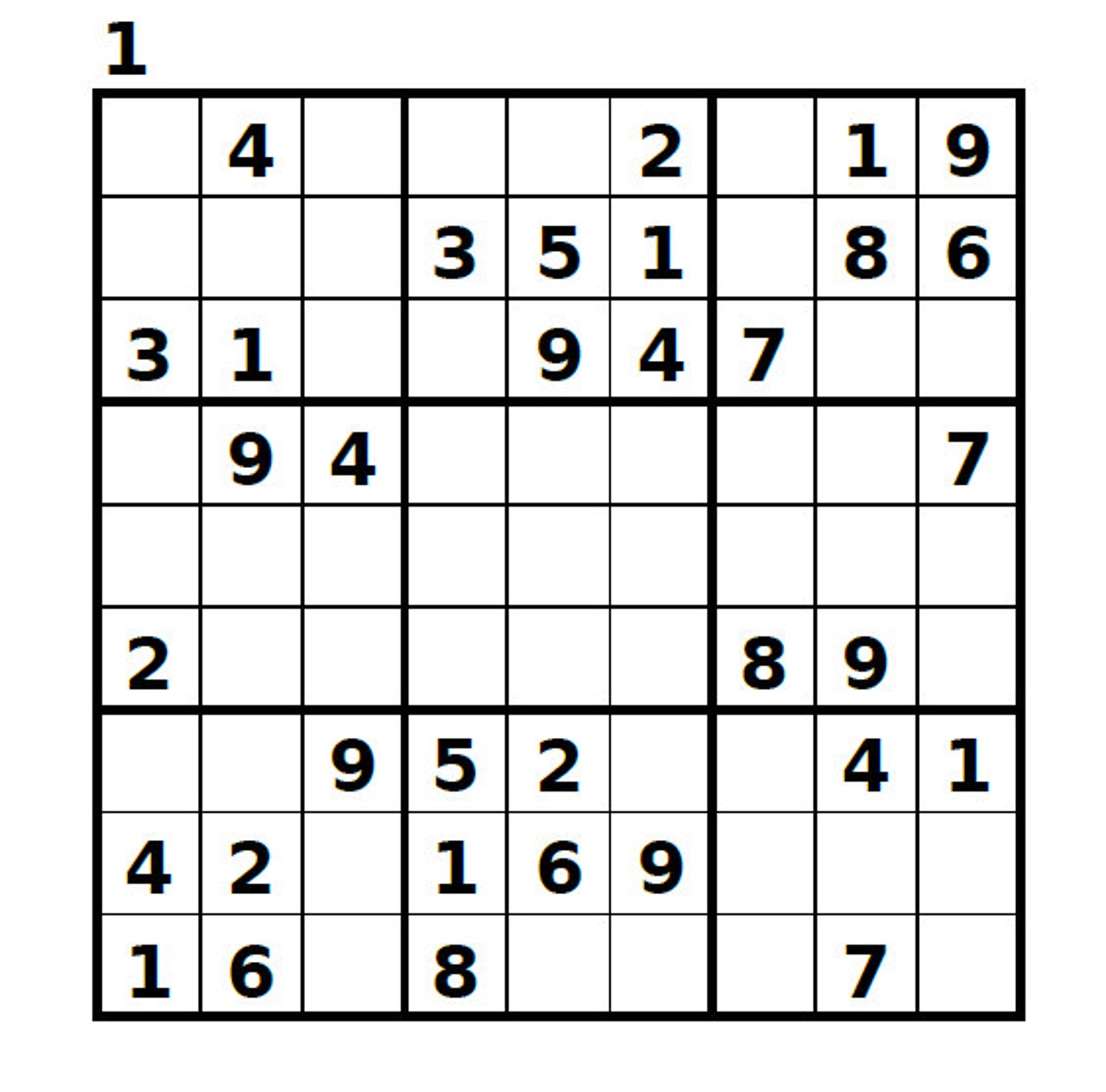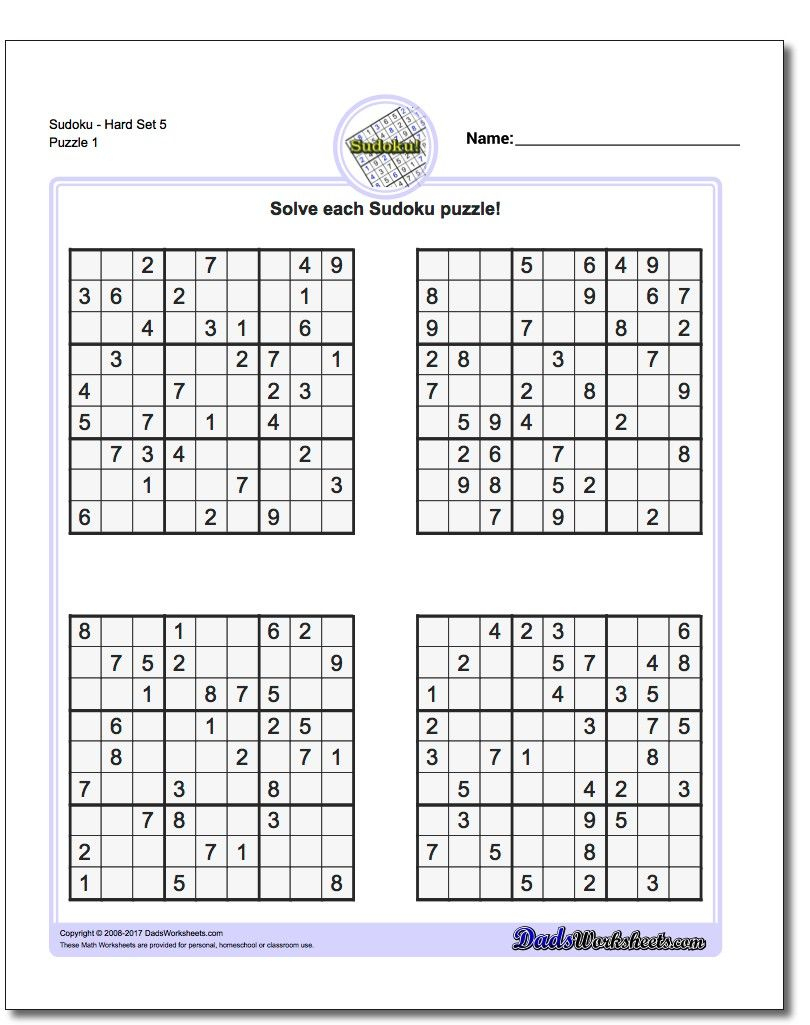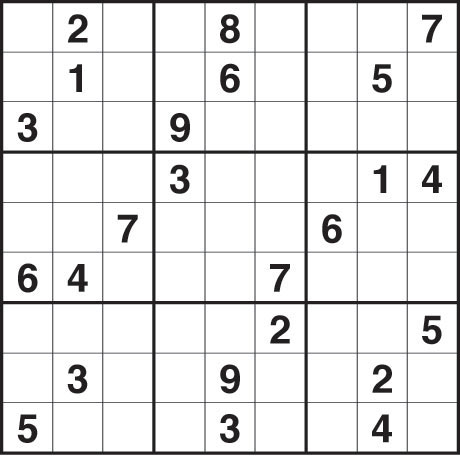
This would mean those three numbers would have to be placed in either rows 1, 2 or 5. For example, let us say the pairs circled in red were instead triple candidates of the numbers 1, 4, 7. You can also use this technique if you have more than two candidates. In this puzzle, this means 1 becomes sole candidate in the second row 2 becomes sole candidate in row 6 and thus, 6 is sole candidate for row number 4. Since 4 and 7 must be placed in either of these two cells, all of the pairs circled in blue, can remove those numbers as candidates. In the example, the two candidate pairs circled in red, are the sole candidates. These two numbers appear as candidates in all of the other open cells in that column too, but since they are the only two candidates in rows 1 and 5, these two numbers cannot appear anywhere else in the row, thus you can remove them. The example shows that row number 1 and row number 5 both have a cell in the same column containing only the candidate numbers 4 and 7. This means, we can eliminate 8 from the upper and lower rows in the middle-right column. In the middle and the middle-left blocks, the number 8 must be placed in one of the red cells. This technique is best understood by looking at the example. Thus you can remove 7 as a possible candidate from the rest of the row. The example shows that the number 7 can only be inserted in the red cells of the middle row.

This method won't help you pencil in any new numbers, but it will help you nail a number down within a specific row or column. This example illustrates the number 4 as the unique candidate for the cell marked in red.

Therefore, if a number, say 4, can only be put in a single cell within a block/column/row, then that number is guaranteed to fit there. You know that each block, row and column on a Sudoku board must contain every number between 1 and 9. In this example, the red cell can only contain the number 5, as the other eight numbers have all been used in the related block, column and row. This happens whenever all other numbers but the candidate number exists in either the current block, column or row. When a specific cell can only contain a single number, that number is a "sole candidate". You should be able to solve almost any Sudoku puzzle using these techniques. Then, start with the basic techniques again, and repeat the process. Do one at a time until you can plot one more number into a cell. Then, when you can add no more numbers to the board using the basic techniques, try the more advanced ones. Use the first few techniques to insert as many numbers as you can. When utilizing these techniques, the way the pros prefer to do it, is to start with the basic ones. This article presents nine such techniques in increasing difficulty. Solving a hard Sudoku puzzle will require quite a different set of techniques compared to an easy one.

Their approach, though, may not be the same. Whenever they play a puzzle tailored for their level of competence, both the beginner and the experienced Sudoku solver will have to put a good amount of thought and technique into completing the task. One of the greatest aspects of Sudoku is that the game offers engaging challenges to both the novice, as well as the seasoned puzzle player.


 0 kommentar(er)
0 kommentar(er)
